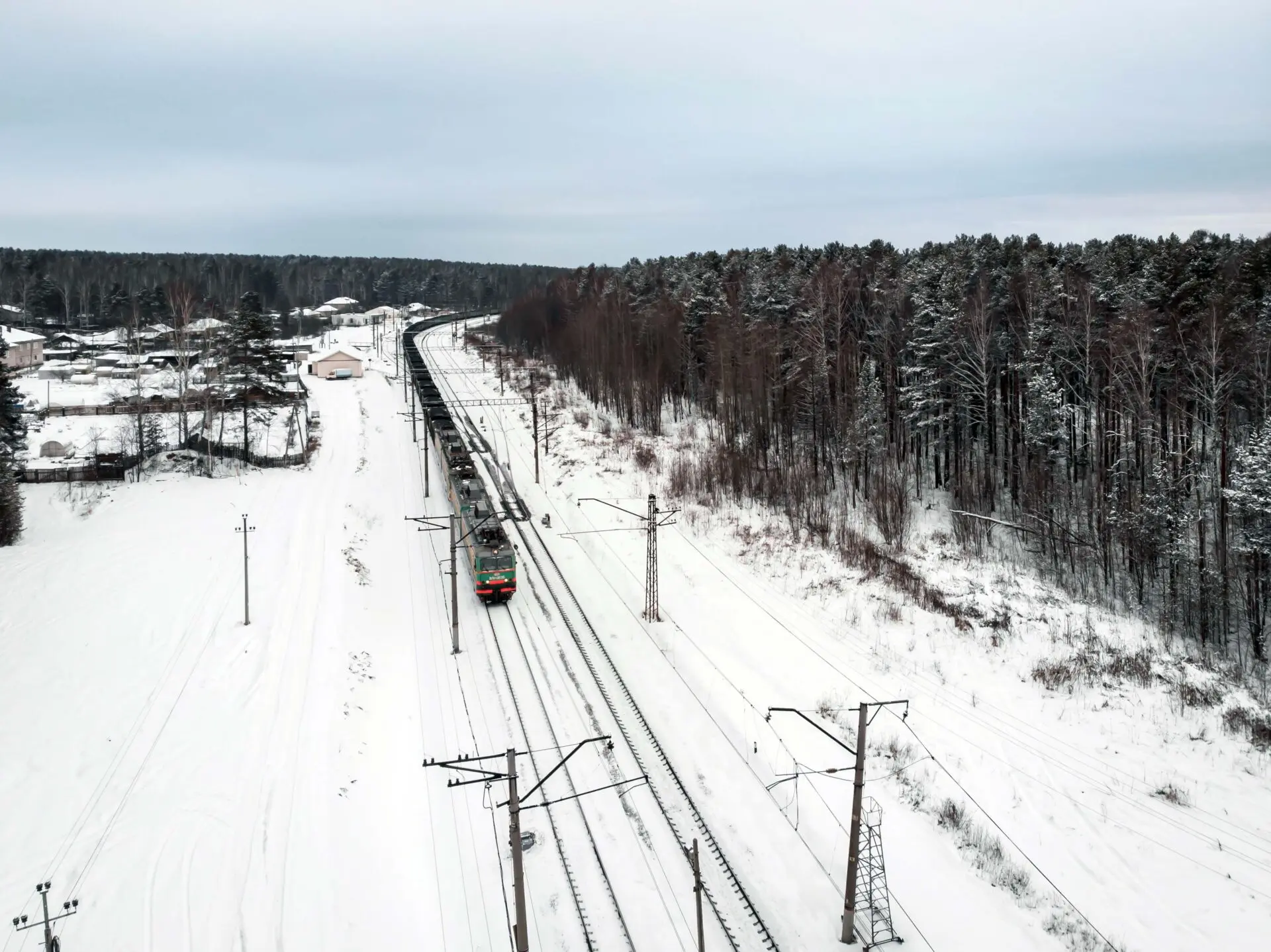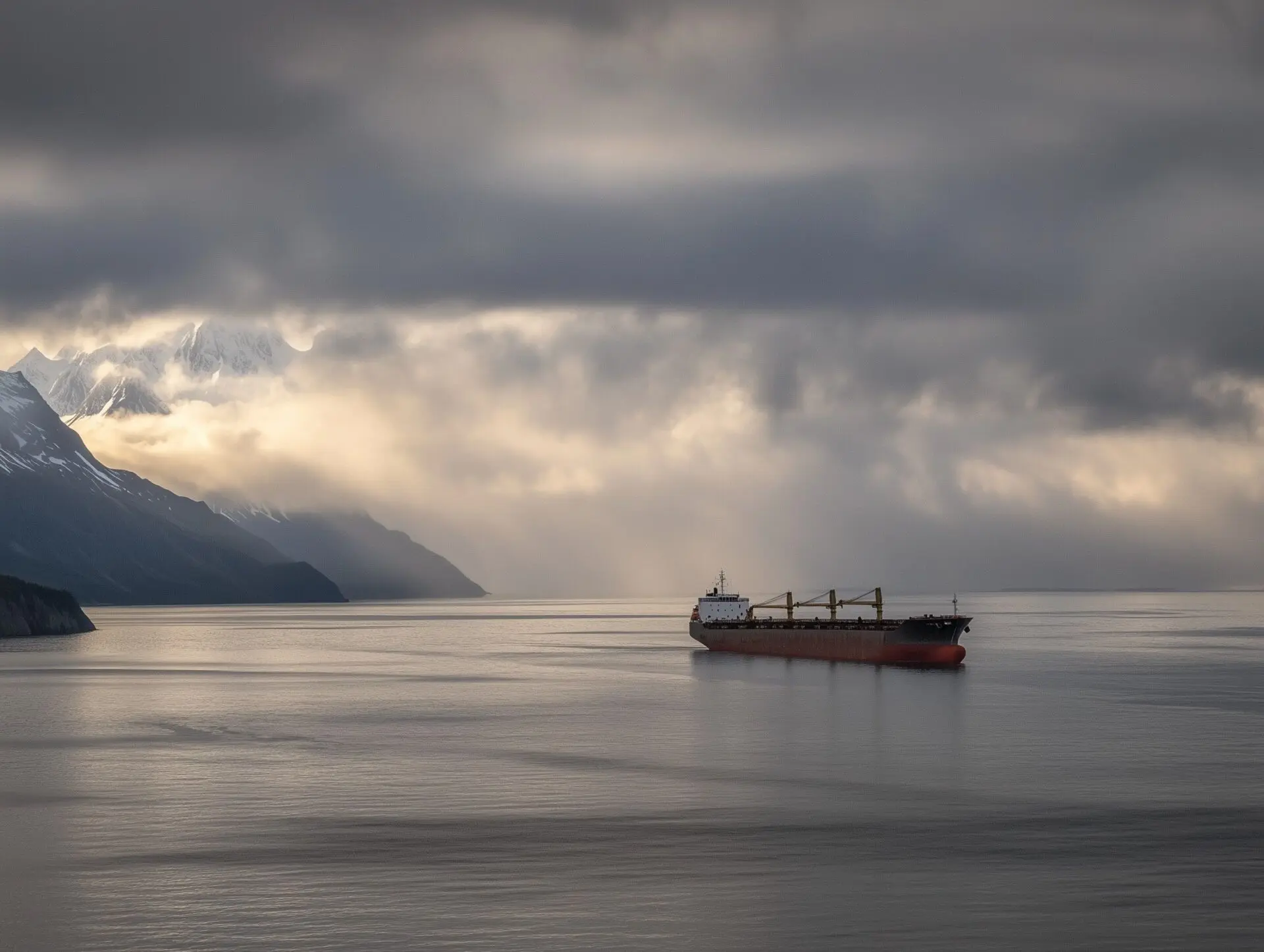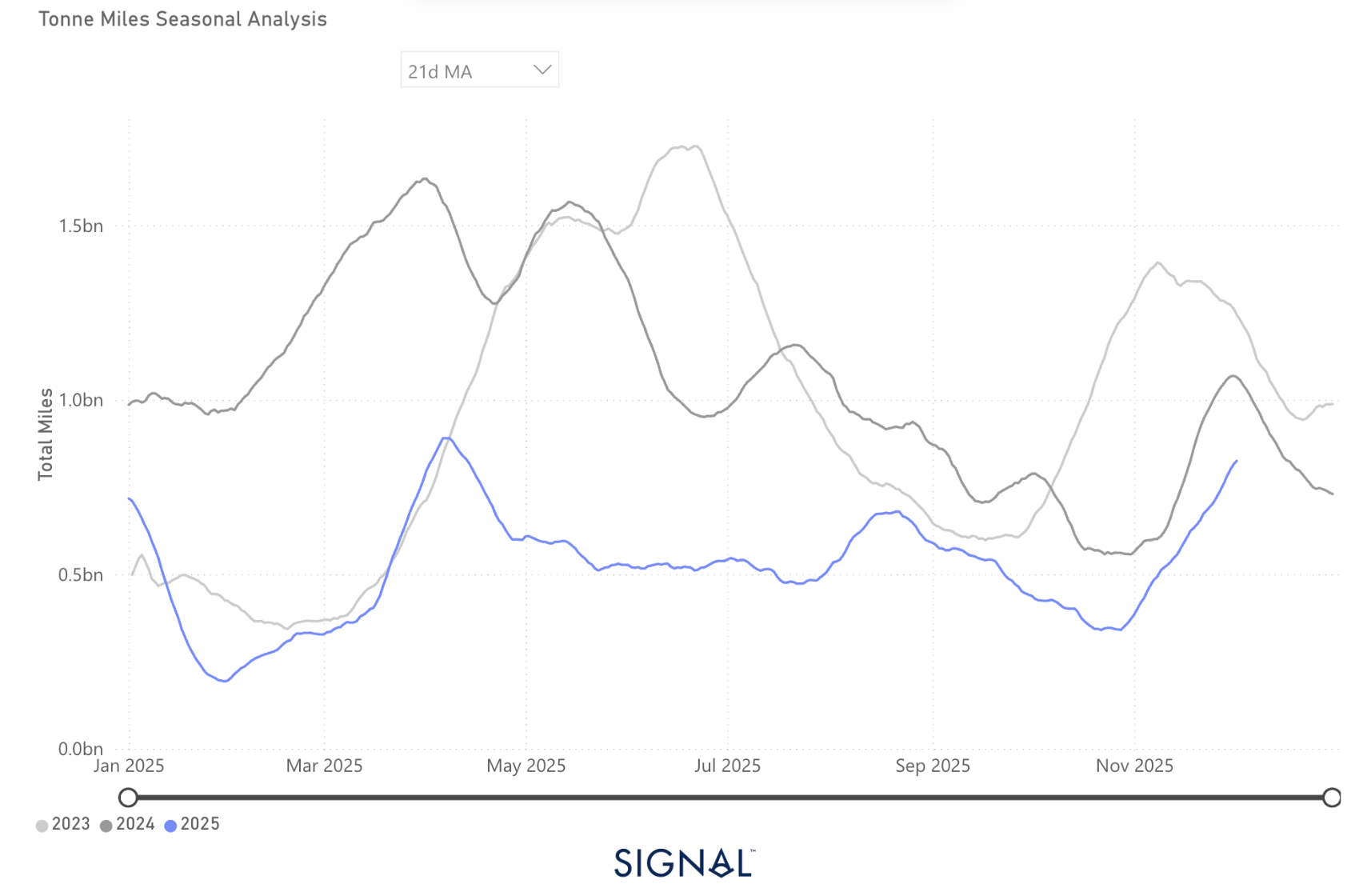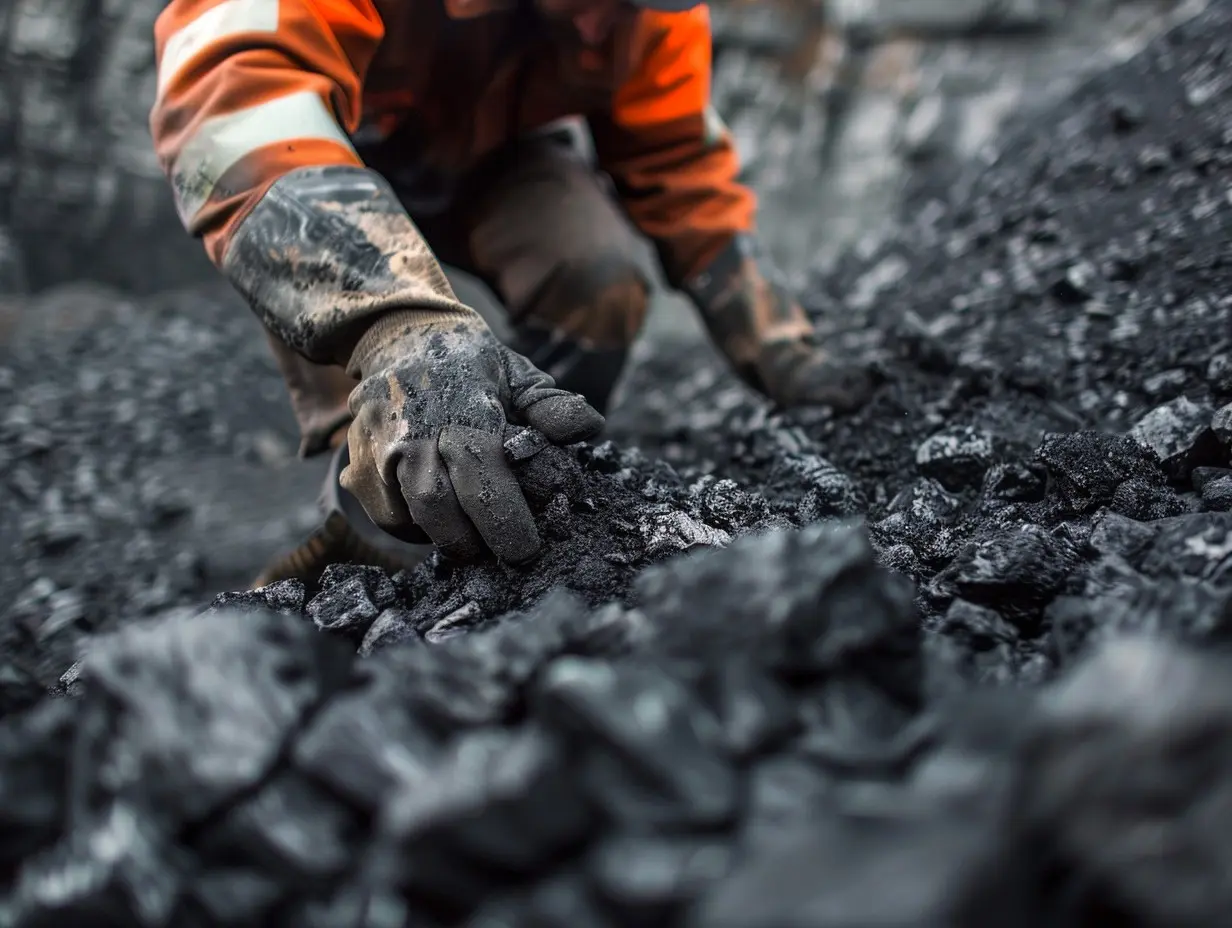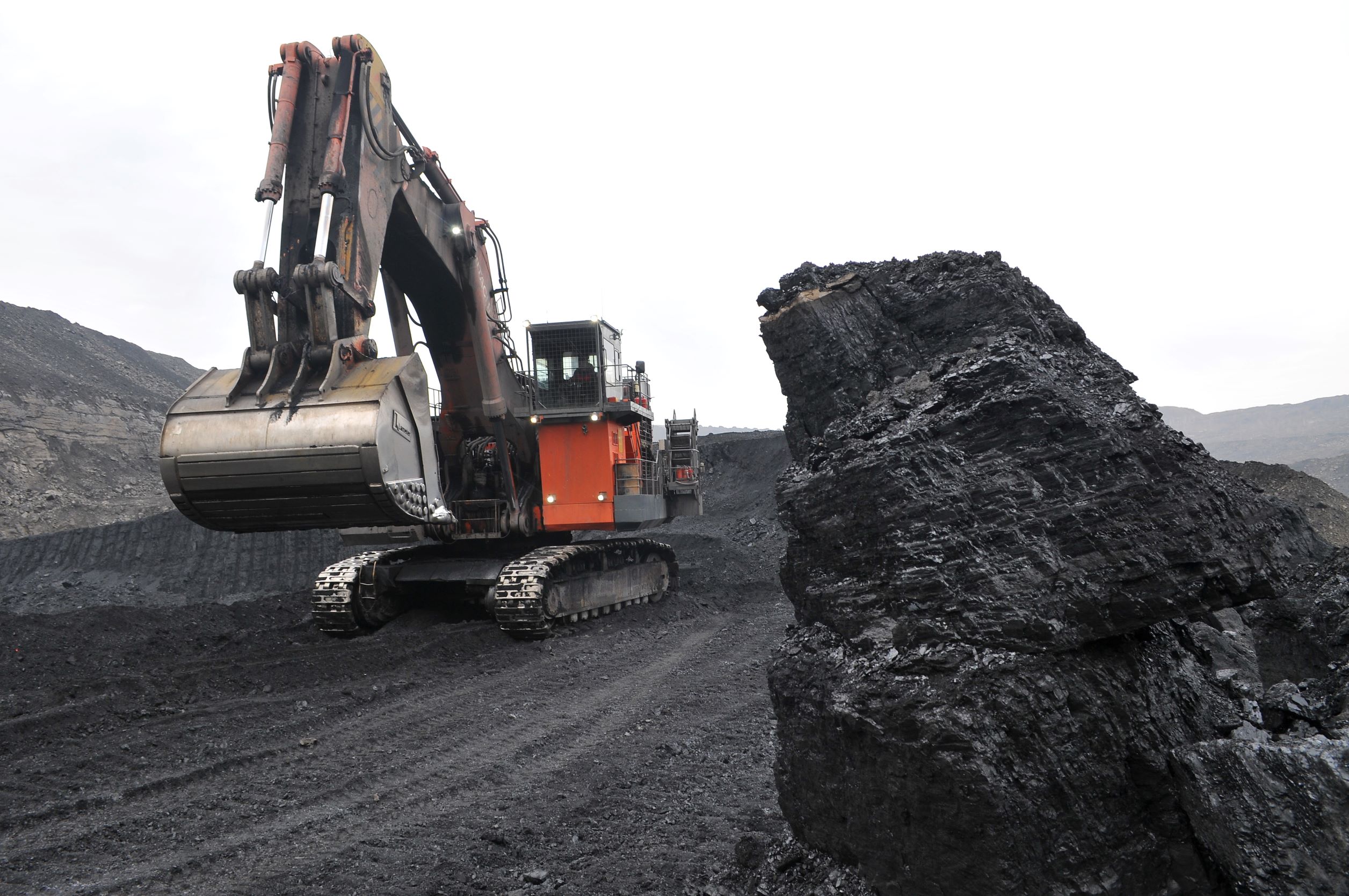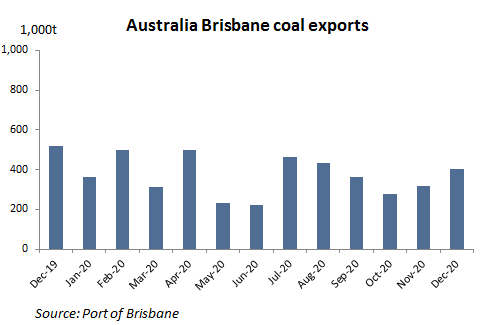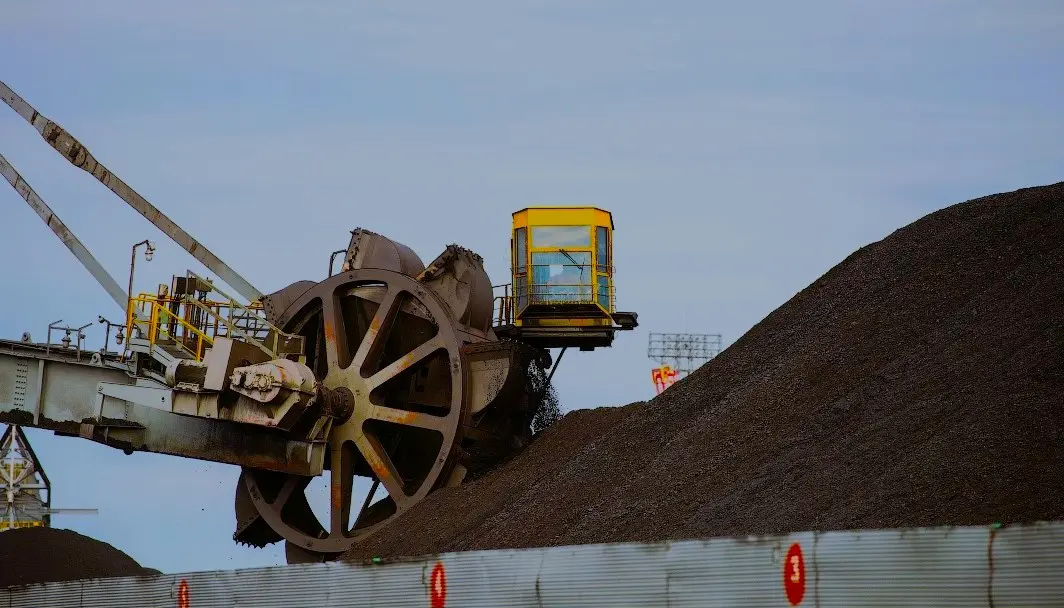

Since the beginning of the year, European thermal coal indices fell below 105 USD/t. Pressure on quotations was exerted by such factors as limited demand, lower gas and electricity prices, as well as higher inventories at ARA terminals.
Gas quotations at TTF hub decreased to 479.42 USD/1,000 m3 (-46.66 USD/1,000 m3). However, gas supplies to Europe from Norway slowed down, while gas storage facilities in the EU are currently filled below 70% of the capacity.
Coal stocks at ARA terminals increased in two weeks to 4.36 mio t (+0.15 mio t or +4%).
South African High-CV 6,000 dropped below 100 USD/t on the back of downward movement in the European market. Medium-CV material also moved down as demand in India and the Asia-Pacific remains limited due to high stockpiles. Furthermore, coal inventories at the Richards Bay Coal Terminal (RBCT) were at a comfortable level of over 4 mio t.
Mining companies in South Africa and Mozambique expect their export operations to be negatively impacted by protests ahead of the inauguration of Mozambique’s new president on January 15. The leader of the protests will be the opposition candidate who lost the election.
South African railway operator Transnet released a document (Network Statement) as part of the infrastructure reform and entry of third-party operators to the network. The company also introduced a differentiated tariff policy. Access to the North Corridor, leading to the RBCT terminal, is expected in April 2025.
In China, spot prices for 5,500 NAR coal at the port of Qinhuangdao strengthened to 107 USD/t on lower supply, resulting from reduced production by minor mines ahead of the Chinese New Year, following increased security measures.
Some end-users in northern regions are building up stocks for the upcoming holidays. Shenhua raised prices to third-party suppliers to encourage shipments.
Coal inventories at the 6 largest coastal thermal power plants rose marginally to 13.76 mio t, while stocks at the 9 largest ports totaled 25.50 mio t (+0.37 mio t).
Indonesian 5,900 GAR corrected down to 91 USD/t, while 4,200 GAR dropped to 49 USD/t, following weak demand, caused by market uncertainty in the short term. However, the demand for Low-CV material is higher as some estimates suggest it is more financially favorable to traders than Medium- or High-CV coal.
Heavy rains had a negative impact on loading in South Kalimantan. The downpours also partially paralyzed coal trucking in the producing regions. Indonesia’s rainy season usually intensifies in December and peaks in mid-January, so unfavorable weather conditions are expected to affect loading next month as well.
Australian High-CV 6,000 continued its downtrend below 117 USD/t, reflecting lower demand from key consuming countries as well as rising competition from Colombia, Mongolia and other exporting countries.
Australian HCC metallurgical coal index went down to 196 USD/t amid subdued market activity and increased supply. Meanwhile, the demand growth from India turned out to be lower than expected.
Some steel producers are considering opportunities to resell coal. In China, coke prices were downgraded again, keeping the market under pressure.
Some Asian consumers in Southeast Asia are also considering coal purchases from the US on CFR terms to avoid volatility in the FOB market.
Source: CCA Analysis

